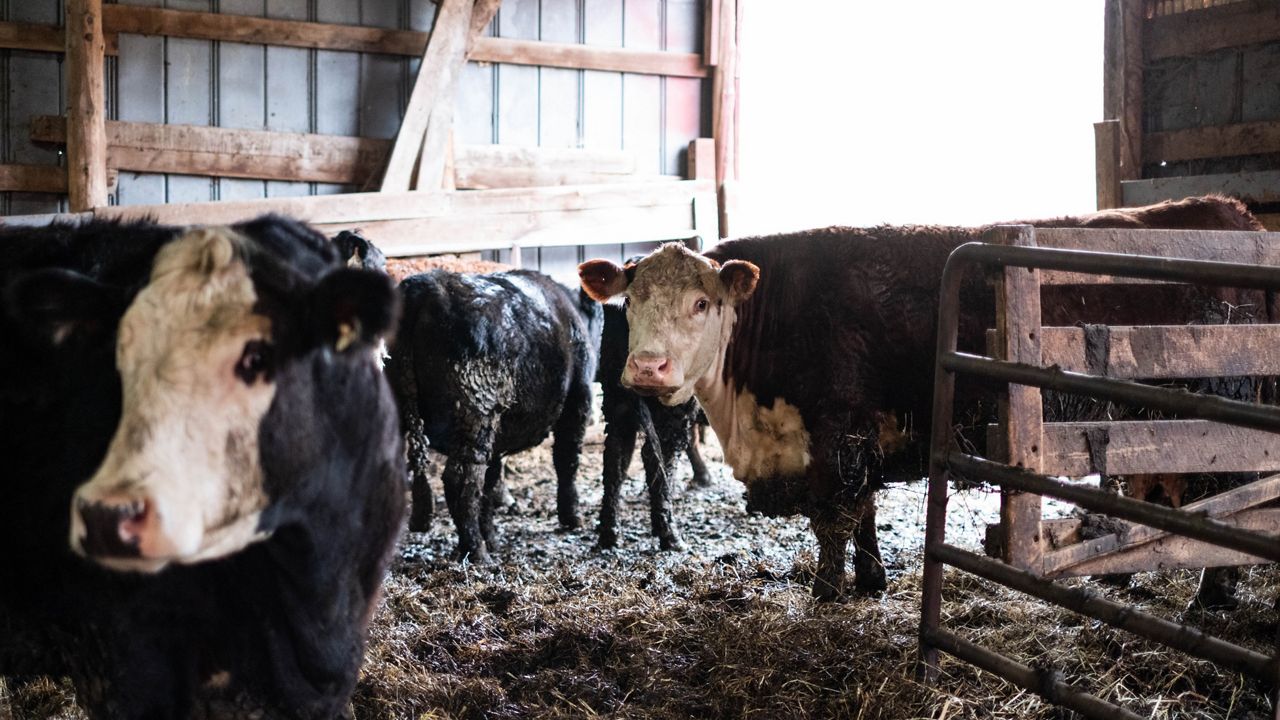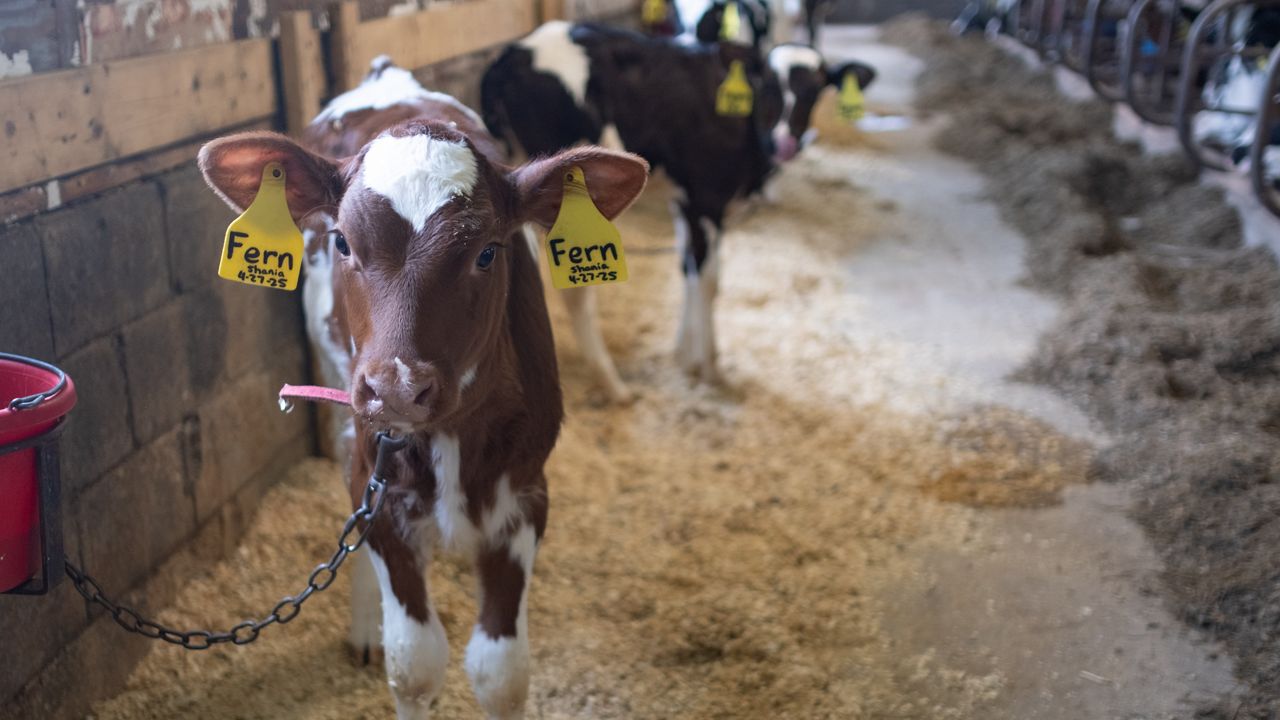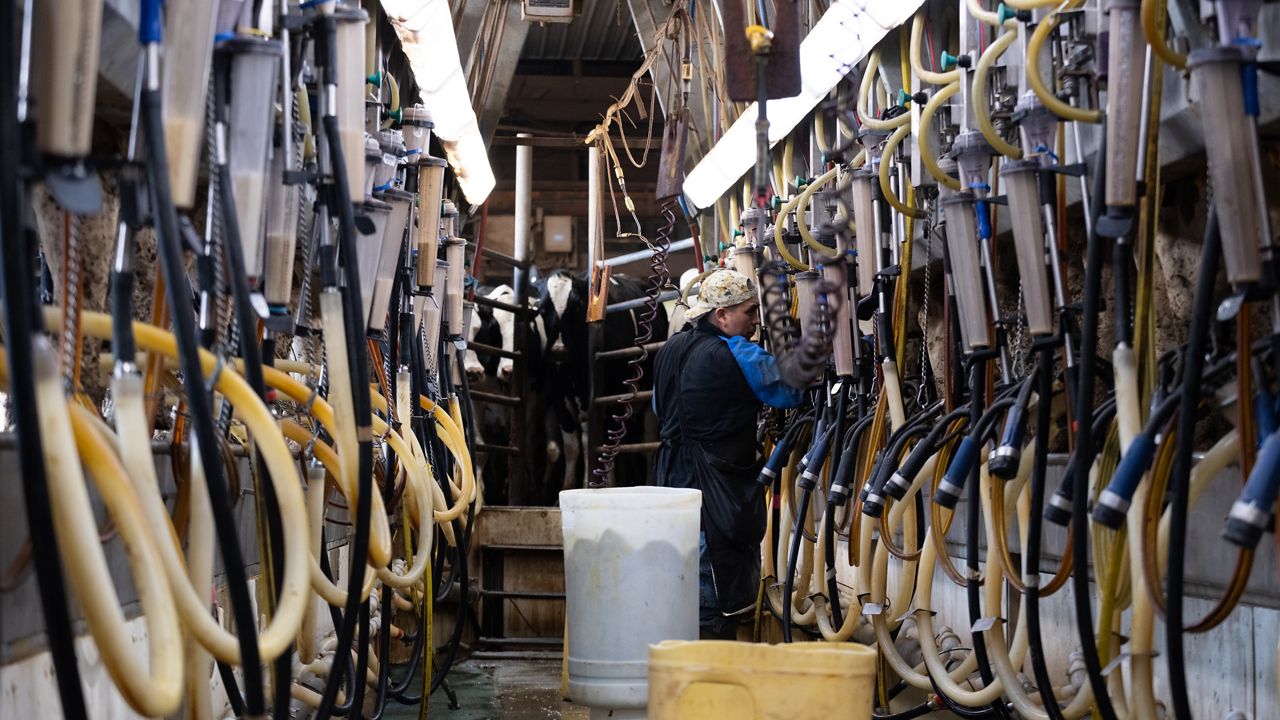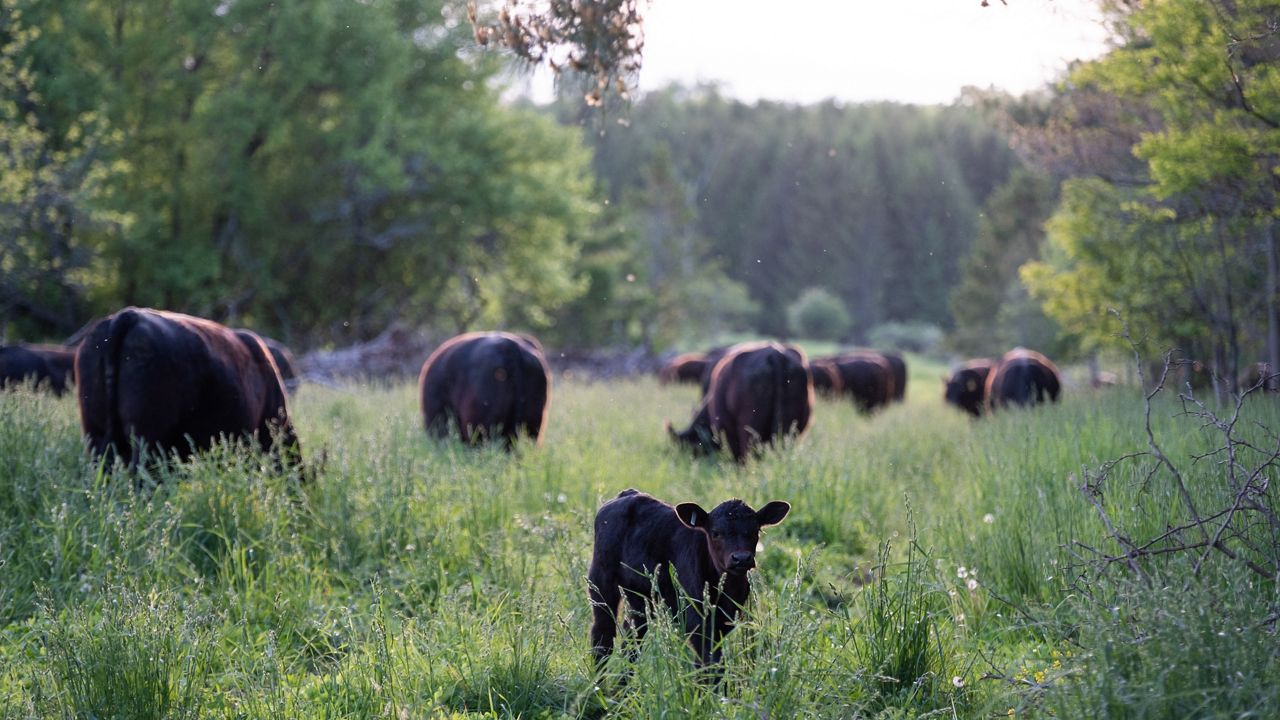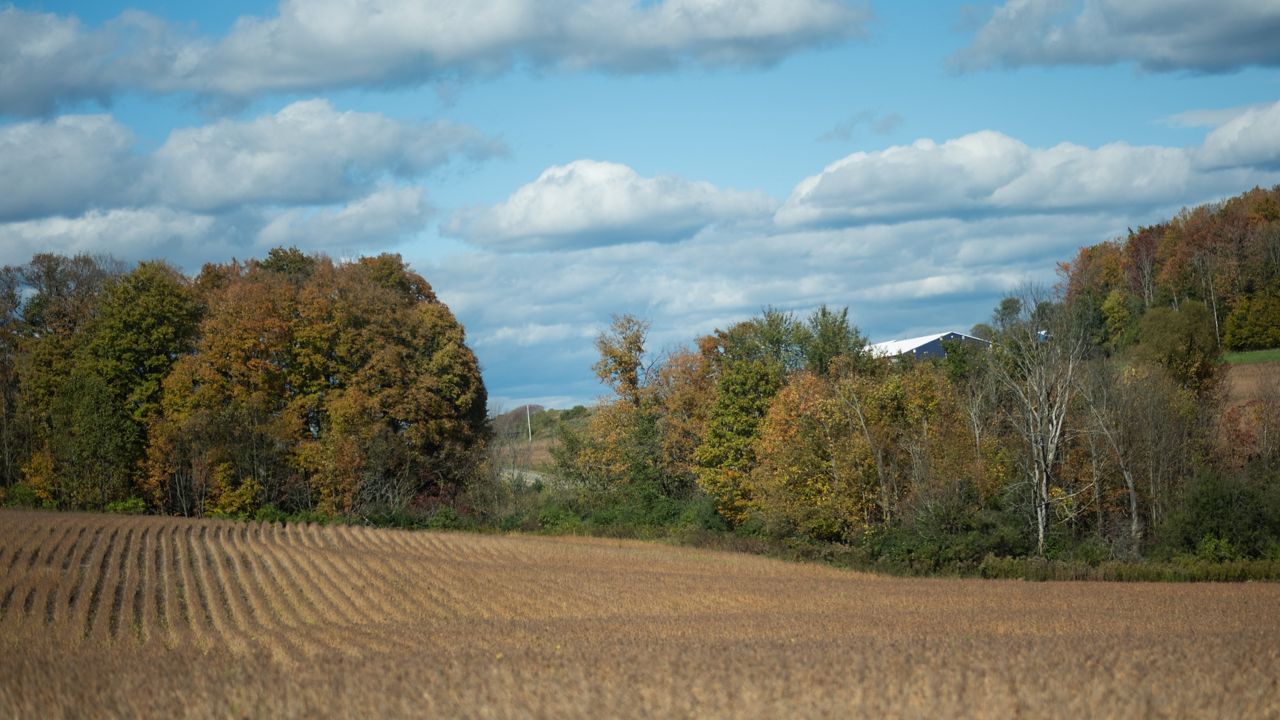At the grocery store, consumers can see a variety of labels on the beef they are purchasing, but what do those labels all mean?
The New York Beef Producers Association on Thursday hosted a seminar in Syracuse with Ashley McFarland, a livestock specialist from Cornell Cooperative Extension, about these labels at the New York Farm Show.
“Grass-fed and grain-fed — one is not better than the other,” McFarland said. “The only difference is if they’re not fed grain, the flavoring is going to be different and the fat will look more yellow.”

There is an idea among consumers that grass-fed is healthier and better quality than grain-fed. McFarland says while that is not necessarily true, they do have different qualities.
The difference between grass-fed and grain-fed beef is mainly the taste. Grass-fed will have more of an earthy flavor and what some would describe as a gamy taste. The lifecycle of the cattle will look a bit different too.
Grass-fed beef cattle are slower to put on fat, so they are typically butchered at 24 to 30 months old while grain-fed cattle are butchered between 14 and 16 months old, McFarland said.

Kienan Gridley, owner of Gridley Cold Spring Beef Farm in Fayetteville, said grass-fed works best for his business, but agreed with McFarland that one is not better than the other.
“We chose to do grass-fed beef because that is what works for our farm and for the equipment and land that we have,” Gridley said. “It’s really up to consumers to decide what they want.”
Both grass-fed and grain-fed cattle are important to the food system, Gridley said. Without grain-fed cattle, the price for beef would be much higher, and there would have to be more acres devoted to grazing cattle.
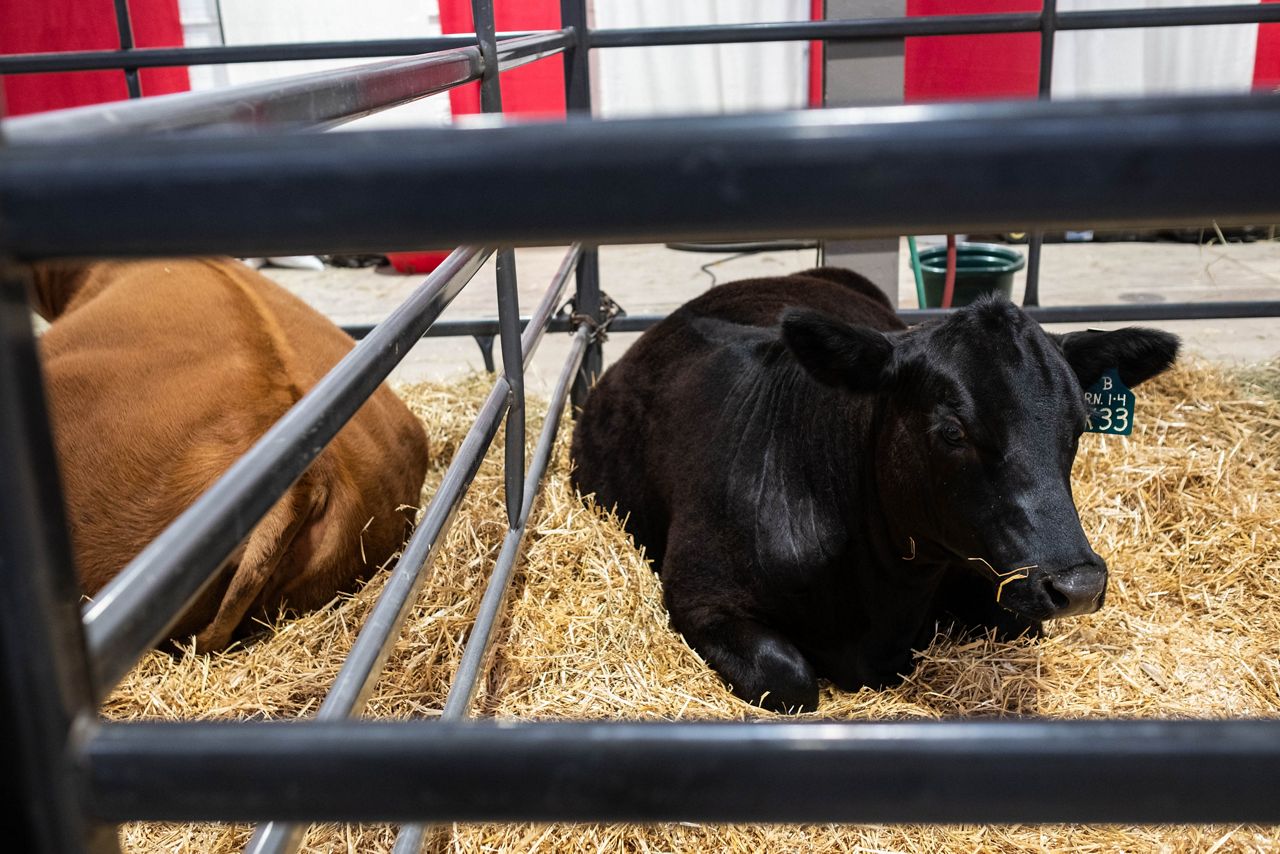
Grain-finished or grass-finished is another label consumers may find on their beef.
“Finishing refers to the period of time where the animal has reached its mature size and they’re getting fattened up and ready for market,” Gridley said.
An animal that is grass-fed and grain-finished is fed grass for most of its life until it is about ready to go to market, then it is fed grain. Gridley’s cattle are only ever fed grass, so they are considered grass-fed and grass-finished.
Another common term consumers can find in the grocery store is antibiotic-free.
“All of our meat is antibiotic-free,” McFarland said. “If it’s in the grocery store or at a farm, it’s all USDA inspected. They take random samples of cuts and carcasses, and they will test them for antibiotics.”
If antibiotics are found in any of the samples, then the carcass will be destroyed so it never enters the food chain system, she said.
The term implies that beef without that label has antibiotics present, which is inaccurate, Gridley said.
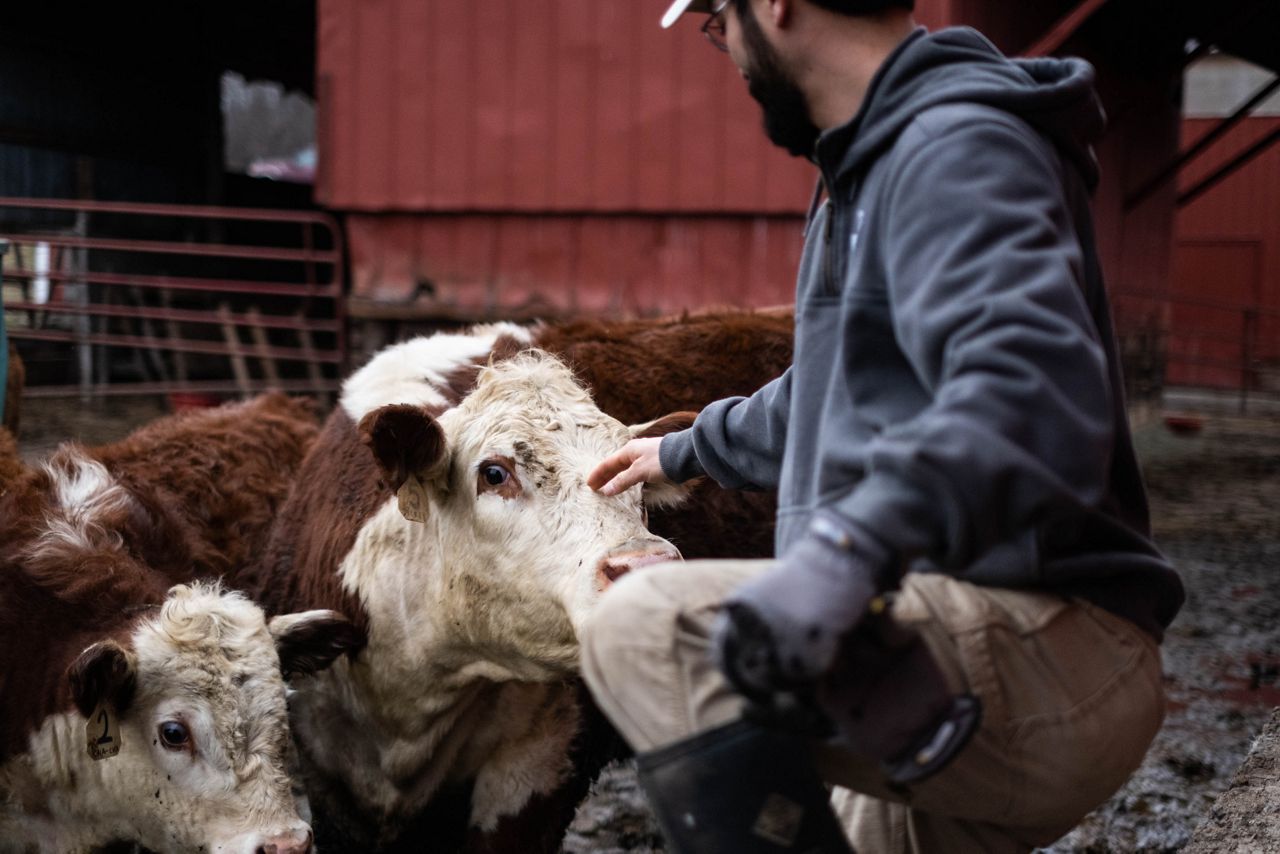
“It’s frustrating because the marketers have done that to differentiate their product, but by doing so, they’ve thrown a shadow over the other products that don’t say that when really none of them have antibiotics,” Gridley said.
Producers who are certified organic cannot use antibiotics to treat their cattle and if they do, the beef cannot be sold as organic meat, McFarland said.
“The goal is to make sure animals are treated with antibiotics. Just like humans, if you get sick, we don’t want them to suffer,” McFarland said. “If you are organic, you cannot use antibiotics for your organic certification. However, if that animal does get treated with antibiotics, it just goes out of the organic food chain.”
Every medication prescribed by a veterinarian has what is called a “withdrawal time,” meaning if a producer gives a certain amount of antibiotics, the bottle will provide a timeline of when that animal can be safely used for human consumption.
“Every pharmaceutical drug is different — so whether it’s 30 days, 60 days, 90 days, and you always want to push that back even further to 10 days after that to be playing on the safe side,” McFarland said.
Gridley said if people want to truly know about the beef they are purchasing, they should visit local farmers.
“If people care about the management practices and the way their beef is raised, they shouldn’t rely on a label at the store because there’s too much ambiguity with that,” he said. “The best way to do it is to buy right from the farm and get to know the farmers producing it.”





